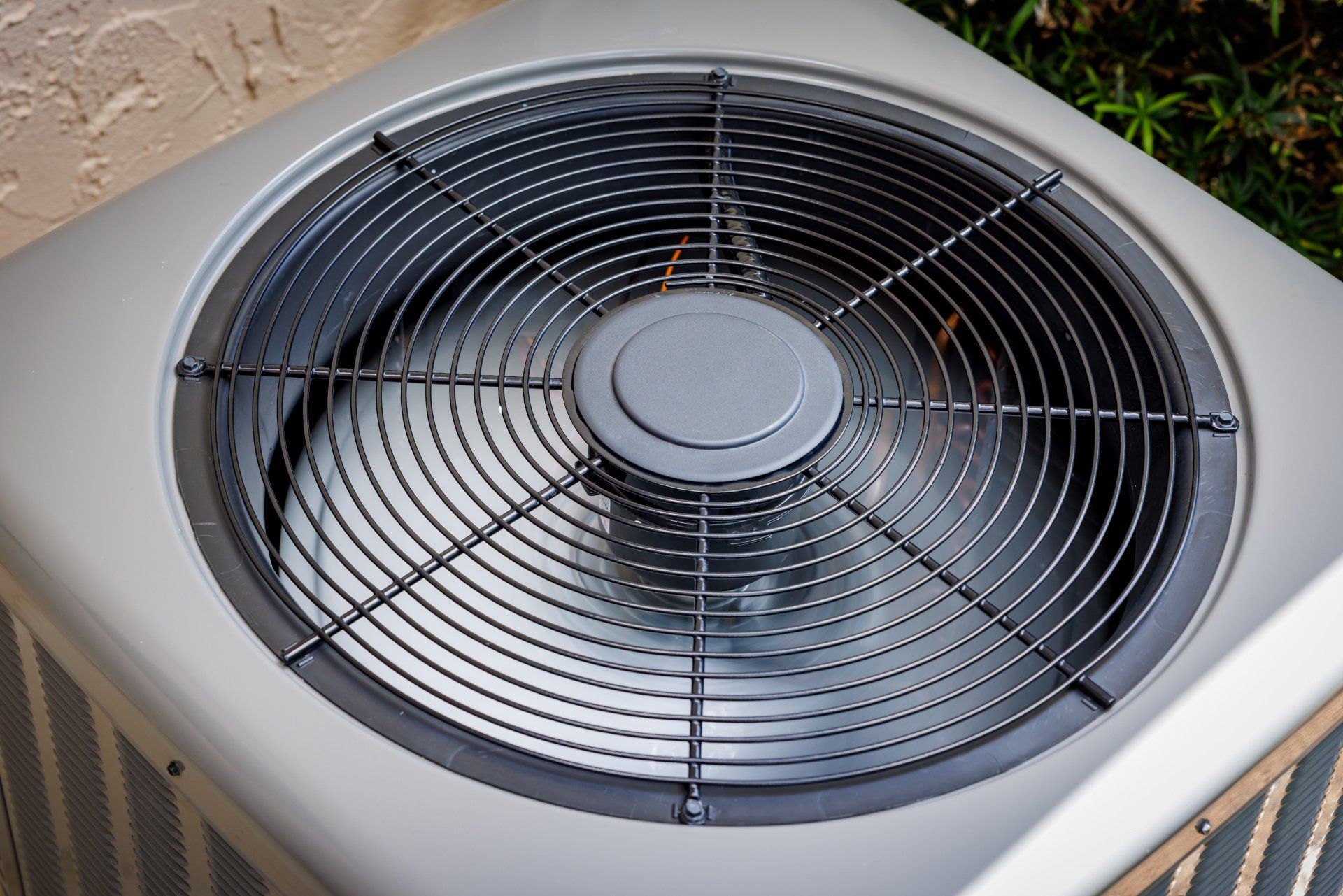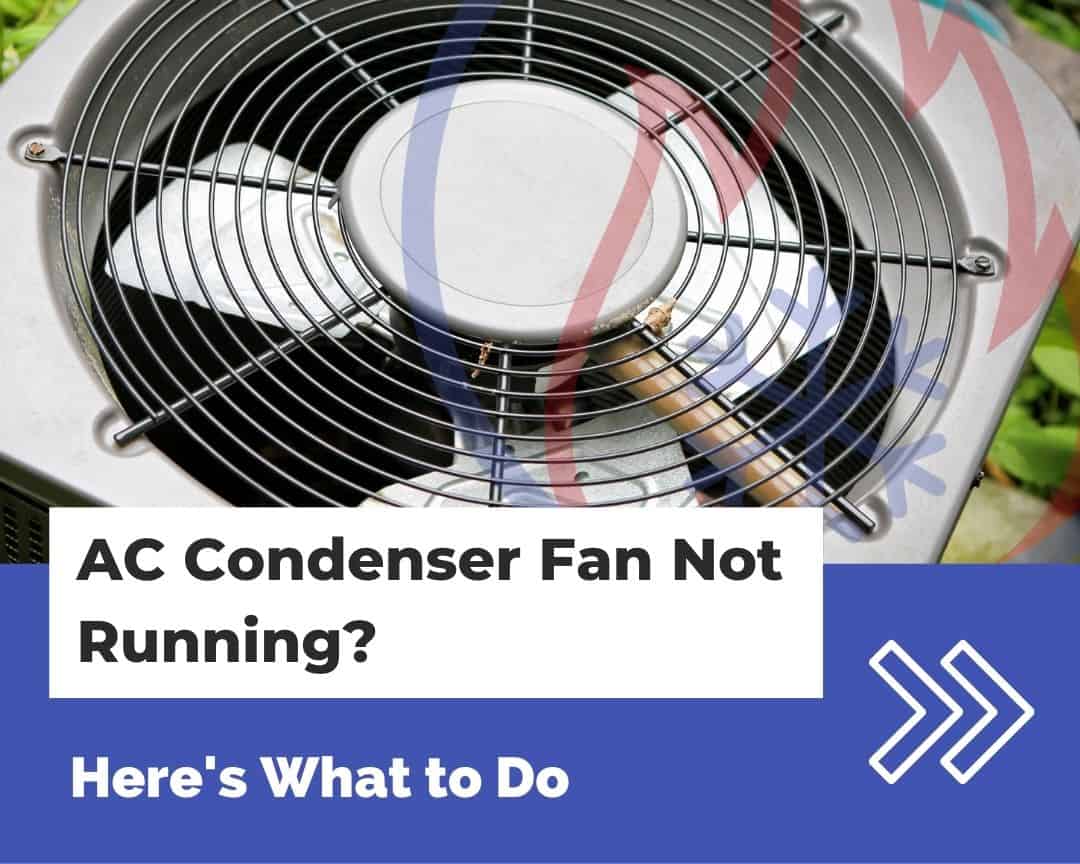Fan Not Turning On Air Conditioning Unit

Troubleshooting a Silent Summer: Why Your AC Fan Isn't Spinning and How to Fix It
Summer's swelter is here, and nothing's more frustrating than an air conditioning unit that refuses to cooperate. One common culprit behind a lukewarm home is a fan that simply won't turn on. This seemingly small problem can lead to big energy bills and a serious dent in your comfort. This article will walk you through the most common causes, offer practical troubleshooting steps, and highlight the energy-saving potential of a properly functioning AC system.
Understanding the System: Key Components at Play
Before diving into diagnosis, let's quickly review the critical parts of your central air conditioning system. The outdoor unit, often called the condenser, houses the compressor and the condenser fan. The compressor circulates refrigerant, while the condenser fan expels the heat absorbed from inside your home. Inside, you'll find the evaporator coil and the blower fan (part of your furnace or air handler). The blower fan circulates cool air throughout your ductwork. When the condenser fan isn't working, the system can't effectively release heat, leading to reduced cooling capacity and potential compressor damage.
Keep in mind that a modern, energy-efficient HVAC system can save you up to 20-40% on your cooling costs compared to older, less efficient models. Upgrading to a system that meets Energy Star guidelines is a smart investment, often qualifying you for rebates and tax credits. Check with your local utility company and the DSIRE (Database of State Incentives for Renewables & Efficiency) website for available incentives.
Common Reasons Your AC Fan Isn't Spinning
Several factors can cause your AC fan to fail. Here are the most frequent offenders:
- Power Issues: This is the simplest but often overlooked. Check the circuit breaker for the outdoor unit. A tripped breaker is a common sign of an overload.
- Capacitor Problems: The capacitor provides the initial jolt of electricity to start the fan motor. A failing capacitor is one of the most common reasons for fan failure. You'll typically hear a humming sound, but the fan won't spin.
- Faulty Fan Motor: The fan motor itself could be burned out or have worn-out bearings. This often presents as a completely dead fan – no hum, no movement.
- Obstructions: Leaves, debris, or even ice can block the fan blades, preventing them from spinning.
- Wiring Problems: Loose or corroded wires can interrupt the flow of electricity to the fan motor.
- Contactor Problems: The contactor is an electrical switch that controls power to the compressor and fan motor. If it's faulty, it might not be sending power to the fan.
- Frozen Evaporator Coil: A frozen evaporator coil (inside the indoor unit) can restrict airflow, causing the system to overheat and potentially shut down the condenser fan as a safety measure.
- Smart Thermostat Issues: In rare cases, a misconfigured or malfunctioning smart thermostat can prevent the fan from receiving the correct signal to turn on.
Troubleshooting Steps: A DIY Approach
Before calling an HVAC technician, try these troubleshooting steps (remember to always disconnect power to the unit at the breaker before performing any electrical work):
- Safety First: Disconnect Power. Locate the disconnect switch near the outdoor unit and turn it off. Also, turn off the corresponding breaker in your electrical panel.
- Visual Inspection: Carefully examine the fan blades for any obstructions. Remove any leaves, twigs, or other debris. Look for visible signs of damage to the fan blades or motor.
- Check the Capacitor: The capacitor is typically a cylindrical component located near the fan motor. Look for signs of bulging, leaking, or corrosion. *Note: Capacitors can hold an electrical charge even after the power is disconnected. Exercise extreme caution. If you are uncomfortable working with capacitors, call a qualified HVAC technician.*
- Test the Fan Motor (Advanced): Using a multimeter, you can test the fan motor for continuity. If there's no continuity, the motor is likely burned out. *Note: This step requires knowledge of electrical testing and should only be performed by qualified individuals.*
- Check Wiring Connections: Inspect all wiring connections to the fan motor and capacitor. Look for loose wires, corrosion, or burned insulation.
- Thermostat Check: Ensure your thermostat is properly configured and set to "Cool" mode. If you have a smart thermostat, double-check its settings and ensure it's communicating correctly with the outdoor unit. Some smart thermostats have diagnostic features that can help identify potential problems. Consider upgrading to a Nest or Ecobee thermostat to get valuable energy insights and automated energy savings.
- Frozen Coil Check: Examine the evaporator coil inside your indoor unit. If it's covered in ice, turn off the entire system and let it thaw for several hours. Once thawed, investigate the cause of the freezing (often a refrigerant leak or restricted airflow).
- Reset the System: After addressing any identified issues, turn the power back on at the breaker and disconnect switch. Monitor the system to see if the fan starts working.
When to Call a Professional HVAC Technician
If you've tried the troubleshooting steps above and the fan still isn't working, it's time to call a qualified HVAC technician. Don't attempt repairs you're not comfortable with, as electrical work can be dangerous. A professional can accurately diagnose the problem, replace faulty components, and ensure your system is running safely and efficiently. Furthermore, DIY attempts could void your system’s warranty.
Here are some situations where professional help is essential:
- You're uncomfortable working with electrical components.
- You suspect a refrigerant leak.
- You've identified a faulty capacitor or fan motor.
- The problem persists after attempting basic troubleshooting.
- Your AC unit is still under warranty.
The ROI of a Properly Functioning AC System
A malfunctioning AC fan not only impacts your comfort but also dramatically affects your energy bills. When the condenser fan isn't working correctly, the compressor has to work harder to cool your home, leading to increased energy consumption. A properly functioning system, especially one with a high SEER (Seasonal Energy Efficiency Ratio) rating, can significantly reduce your cooling costs. According to the U.S. Department of Energy, upgrading to an Energy Star-certified AC unit can save you 20-40% on your cooling bills.
Consider the long-term savings when evaluating HVAC repairs or replacements. While the initial investment might seem high, the energy savings over the lifespan of the system can easily offset the cost. Plus, a well-maintained system will last longer and require fewer repairs, further reducing your overall expenses.
Smart HVAC Integration for Energy Savings
Integrating your HVAC system with smart home technology can unlock even greater energy savings. Smart thermostats, like those from Nest and Ecobee, learn your heating and cooling preferences and automatically adjust the temperature to optimize energy usage. They can also be programmed with schedules and controlled remotely via your smartphone.
Furthermore, some smart HVAC systems offer advanced features like zone control, allowing you to heat or cool only the rooms you're using. This can further reduce energy waste and lower your utility bills. Smart sensors can also monitor temperature and humidity levels in different parts of your home, providing valuable data for optimizing your HVAC settings. Companies like Sense offer whole-home energy monitors that provide detailed insights into your energy consumption, helping you identify areas where you can save money.
Government Rebates and Incentives
Many government agencies and utility companies offer rebates and incentives for upgrading to energy-efficient HVAC systems. These programs are designed to encourage homeowners and businesses to reduce their energy consumption and environmental impact. Check with your local utility company and the Energy Star website to see what incentives are available in your area. Tax credits may also be available for qualified energy-efficient upgrades. Don't miss out on these opportunities to save money and contribute to a more sustainable future.
By understanding the common causes of AC fan failure, following the troubleshooting steps outlined above, and embracing smart HVAC technology, you can ensure your air conditioning system is running efficiently and effectively, keeping your home cool and your energy bills low all summer long.










